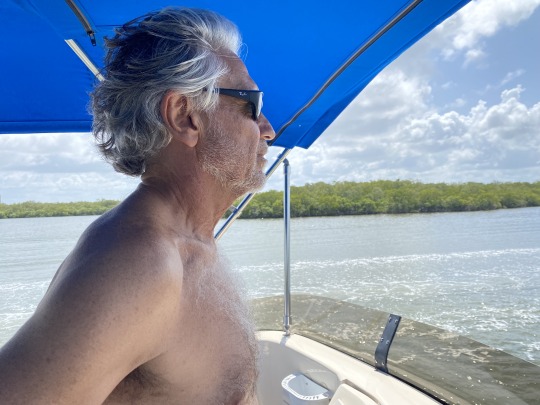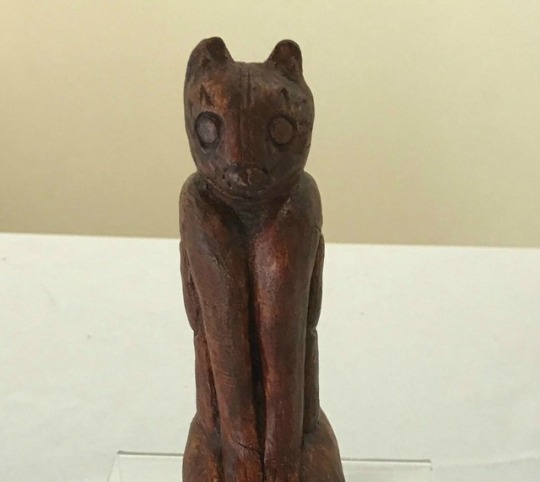#artifact replicas Calusa
Text
In Search of the Calusa 2
In Search of the Calusa 2
-Ed, Estero Bay, Lee County, FLIn Search of the Calusa 2-Mound Key to Marco Island, May 8-13, 2022.
In Calusa 1, Ed, Mindi, and I learned about villages of the Calusa that once existed right in downtown, Ft Meyers. Soon after, we visited an even more remarkable remnant, the Mound House seven miles away on Ft Meyers Beach.
Continuing our journey, we headed south along Estero Bay, an aquatic…

View On WordPress
#Archeological history Key Marco Cat#artifact replicas Calusa#Austin Bell#Calusa artifacts#Calusa culture#Calusa history made easy#Calusa Indians#Cushing#Estero Bay#Frank H. Cushing#In Search of the Calusa 2#Marco Cat#Marco Key#Mound Key#Mound Key Calusa#Mound Key capital#Old Marco Inn#Panther Man God#W.D. Captain Bill Collier#Wells M. Sawyer
0 notes
Photo

New Post has been published on https://vacationsoup.com/marco-islands-key-marco-cat-is-returning/
Marco Island's Key Marco Cat is Returning
Marco Island’s Key Marco Cat is Returning
Marco Island’s Key Marco Cat is returning to the island soon! The Key Marco Cat is one of the finest pieces of Pre-Columbian Native American art ever discovered in North America. It will be on display at the Marco Island Historical Museum from December 2018 through April 2021. This is something I can’t wait to see!
The Marco Island Historical Society has been trying for 25 years to bring the Key Marco Cat home to the island along with other Pre-Columbian Native American artifacts discovered on Marco Island, Florida in 1896 by Frank Cushing.
The Key Marco Cat
The Key Marco Cat is only 6 inches tall and carved from buttonwood. The feline statuette has captured the public’s imagination for more than a century. Replicas of the cat are at many gift shops on the island. Other important pieces in the MIHS exhibition will include a ceremonial mask, alligator figurehead, painted human figure and a sea turtle figurehead.
The MIHS is mounting the exhibit in collaboration with Collier County Museums, the Smithsonian Institution and the University of Pennsylvania Museum of ARchaeology and Anthropology. The loaned artifacts will be showcased in one of the Museum’s permanent exhibits – Paradise Found: 6,000 Years of People on Marco Island.
The artifacts were originally buried in an oxygen-free layer of muck. These rare wooden objects are between 500 and 1,500 years old. They are astonishingly well preserved. The pieces provide extraordinary insight into the daily lives of the Calusa Indian tribe and their ancestors. The Calusas dominated Florida’s Southwest Coast and controlled South Florida by the time the Spanish arrived in the 16th Century.
The Key Marco Cat and many of the other exhibit pieces have been in the collections of the Smithsonian Institution’s National Museum of Natural History in Washington, DC and the University of Pennsylvania Museum of Archaeology and Anthropology. The Key Marco Cat is from the Smithsonian collection.
These artifacts probably had deep ritual significance to the Calusa people that created them. The paint that remains on the wooden objects serves as an important reminder of the level of detail and skill of the native artists. One can only imagine the original beauty of the pieces. The fact that they have survived is incredible and provides a unique look into the past of the Marco Island area.
Marco Island Historical Society Exhibits
Paradise Found: 6,000 Years of People on Marco Island
The Paradise Found: 6,000 Years of People on Marco Island exhibit will also include interactive activity stations, state-of-the-art projections, dramatic animations, stunning new original artwork and exciting additions to the museum’s immersive life-size Calusa Village.
Other exhibits at the MIHS Museum include Modern Marco Island and Pioneer Marco: A tale of Two Villages.
Modern Marco
Explores Marco’s explosive growth over the last 50 years, beginning with the vision of Deltona Corporation’s Marco brothers. Their massive development project forever changed the face of Marco Island, paving the way for people to live on the island.
Visitors are transported back to the 1960s when new houses on the island sold for as little as $14,900.
Pioneer Marco: A tale of Two Villages
This exhibit is an interactive exhibit which chronicles the evolution of the pioneer villages at Marco and Caxambas. It offers visitors an look at the people, industries and lifestyles on Marco Island during the late 1800s and early 1900s. In the late 1800s, pioneers began settling on what is now Marco Island. By the early 1900s these settlements had become Marco and Caxambas, two small villages separated by five miles of shell road.
Be our Guests to see the Key Marco Cat!
The display at MIHS will generate increased tourism for the Marco Island area. It will also provide an extraordinary educational experience for both residents and visitors.
The Marco Island Historical Museum is located at 180 S Heathwood Drive, Marco Island, Florida. The Museum is open Tuesday through Saturday from 9 am to 4 pm. Admission is free.
We welcome visitors to the island as our guests at Sea Mar Condo. This is the perfect time to see Marco Island’s Key Marco Cat and schedule the vacation of your dreams! Visit our website at www.seamarcondo.com to see availability, rates, and contact information.
0 notes